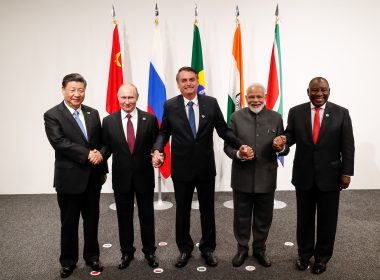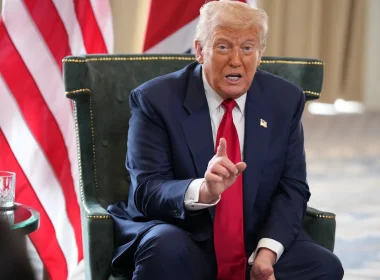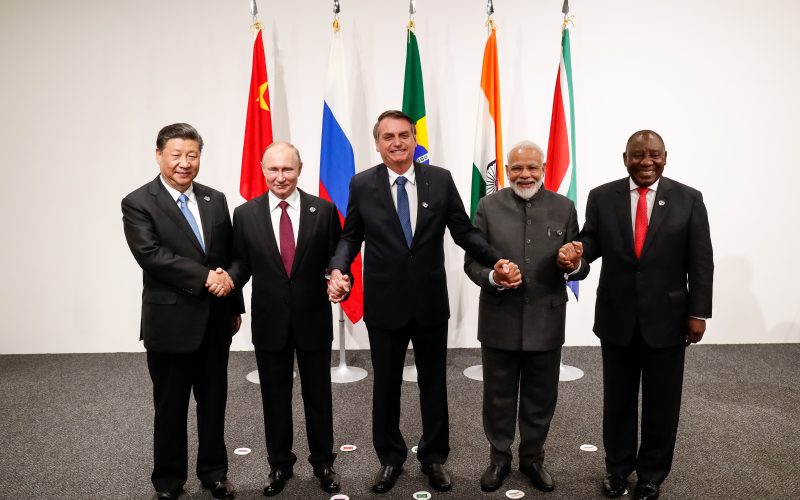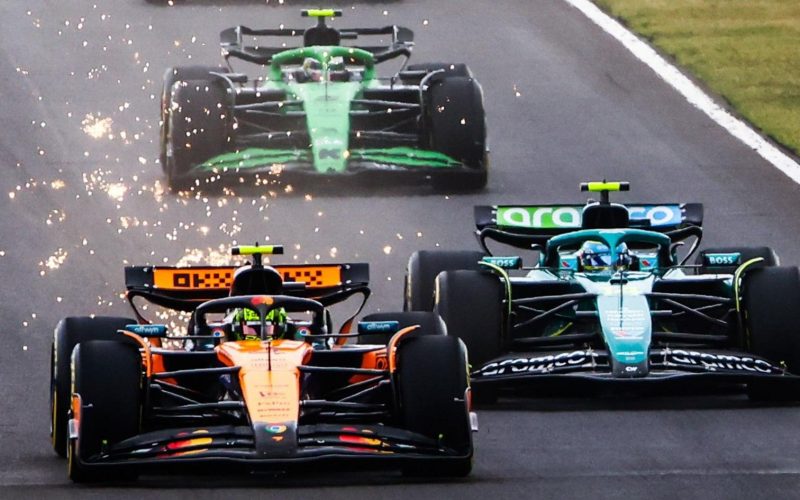The Geopolitical Ripple Effects of the BRICS Expansion in the MENA Region
In a world where global power dynamics are shifting faster than ever, the expansion of BRICS has become a hot topic. What started as a coalition of five emerging economies, Brazil, Russia, India, China, and South Africa, has now opened its doors to new members. Among them are several key players from the Middle East and North Africa, including Egypt, Iran, Saudi Arabia, and the United Arab Emirates. This move has sent geopolitical ripples far beyond the BRICS nations themselves.
But what does this mean for the MENA region? And why should everyday people, businesses, and policymakers alike pay attention?
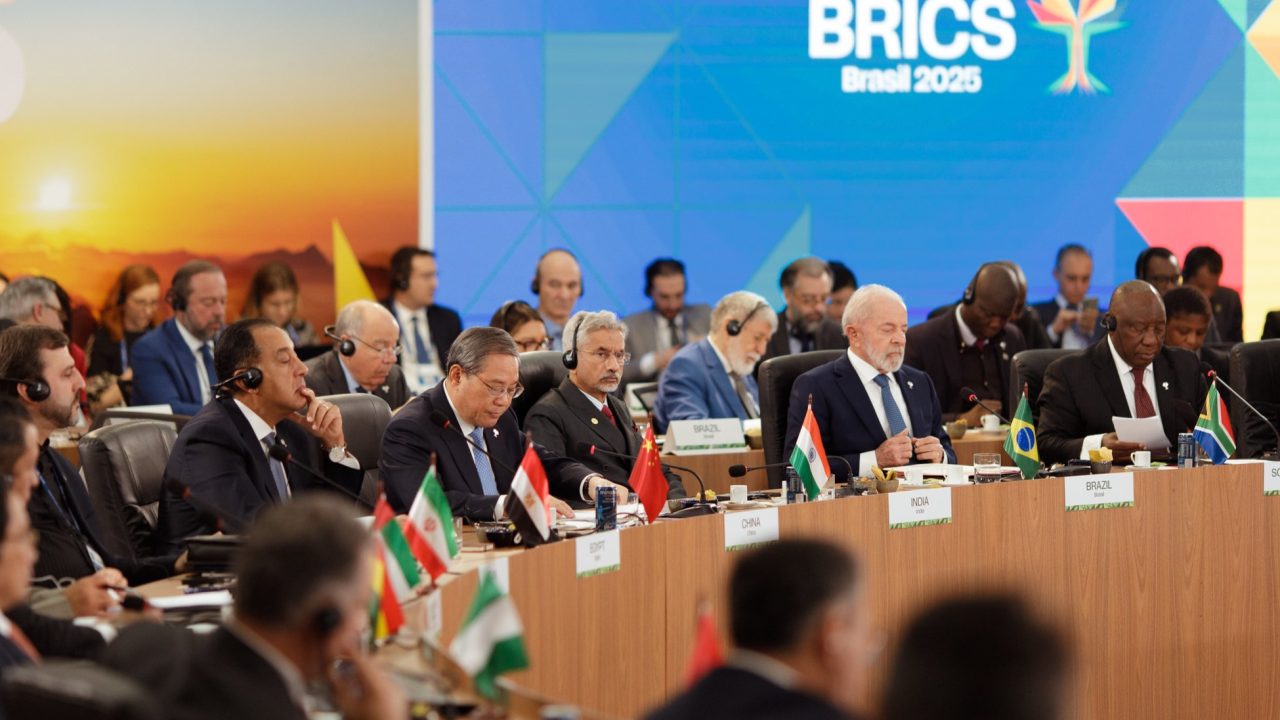
A New Club, A New Influence
When BRICS first emerged in the early 2000s, it was seen as a loose economic alliance. But over the years, it has grown into a symbol of resistance against Western-led institutions like the IMF and the World Bank. The addition of MENA countries isn’t just symbolic. It’s strategic.
With heavyweights like Saudi Arabia and the UAE now in the mix, BRICS gains more than oil and investment potential. It gains influence in a region historically aligned with the West. And for these MENA nations, joining BRICS is a chance to diversify partnerships and reduce dependency on Western economies.
Economic Opportunities and Challenges
For countries like Egypt, which has been battling economic headwinds, BRICS presents an opportunity. The alliance is working toward establishing its own currency system for trade, reducing reliance on the US dollar. This could ease pressure on Egypt’s foreign reserves and give it more room to breathe economically.
Iran, long isolated by Western sanctions, sees BRICS as a lifeline. Being part of a major global alliance offers a chance to boost trade, attract investments, and participate in a new economic order where Western rules don’t always apply.
At the same time, being part of BRICS does come with risks. The group’s future direction remains uncertain, and internal divisions, like the rivalry between India and China, could limit its effectiveness. MENA countries will need to navigate these complexities carefully.
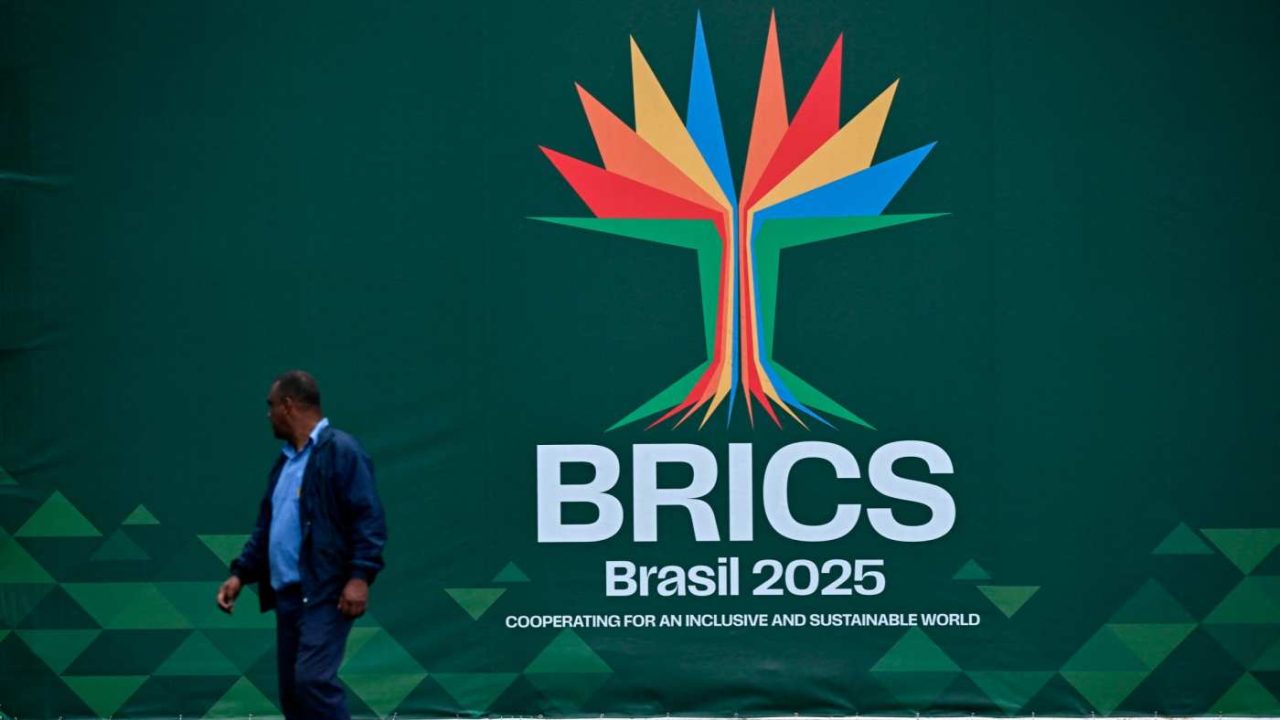
Geopolitical Balancing Act
One of the most delicate dances playing out now is the geopolitical balancing act. Saudi Arabia, for instance, is maintaining strong ties with the United States while deepening its cooperation with China and Russia. The kingdom’s inclusion in BRICS highlights its desire to be a global powerbroker.
This balancing act isn’t just about politics. It’s about survival in a rapidly changing world. For decades, the MENA region has been shaped by its alliances with the West. But today, those alliances are no longer exclusive. New global friendships are forming, and MENA countries are rethinking their place on the world stage.

What This Means for the People
It’s easy to get lost in the jargon of geopolitics, but this story has real-world consequences. From oil prices to trade deals to job opportunities, BRICS expansion could shape the daily lives of millions in the MENA region.
If BRICS delivers on its promises, people may see more foreign investment, better infrastructure, and stronger economic growth. But if the alliance stumbles, the risks include increased tensions, policy misalignment, and instability.
Looking Ahead
The BRICS expansion is still in its early days, and much remains uncertain. But one thing is clear: the MENA region is no longer on the sidelines of global power shifts. It is right in the middle of it.
As this new world order takes shape, countries in the Middle East and North Africa have a rare opportunity to reshape their destinies. Whether this leads to lasting prosperity or new challenges will depend on how well they play their cards in this evolving geopolitical game.


